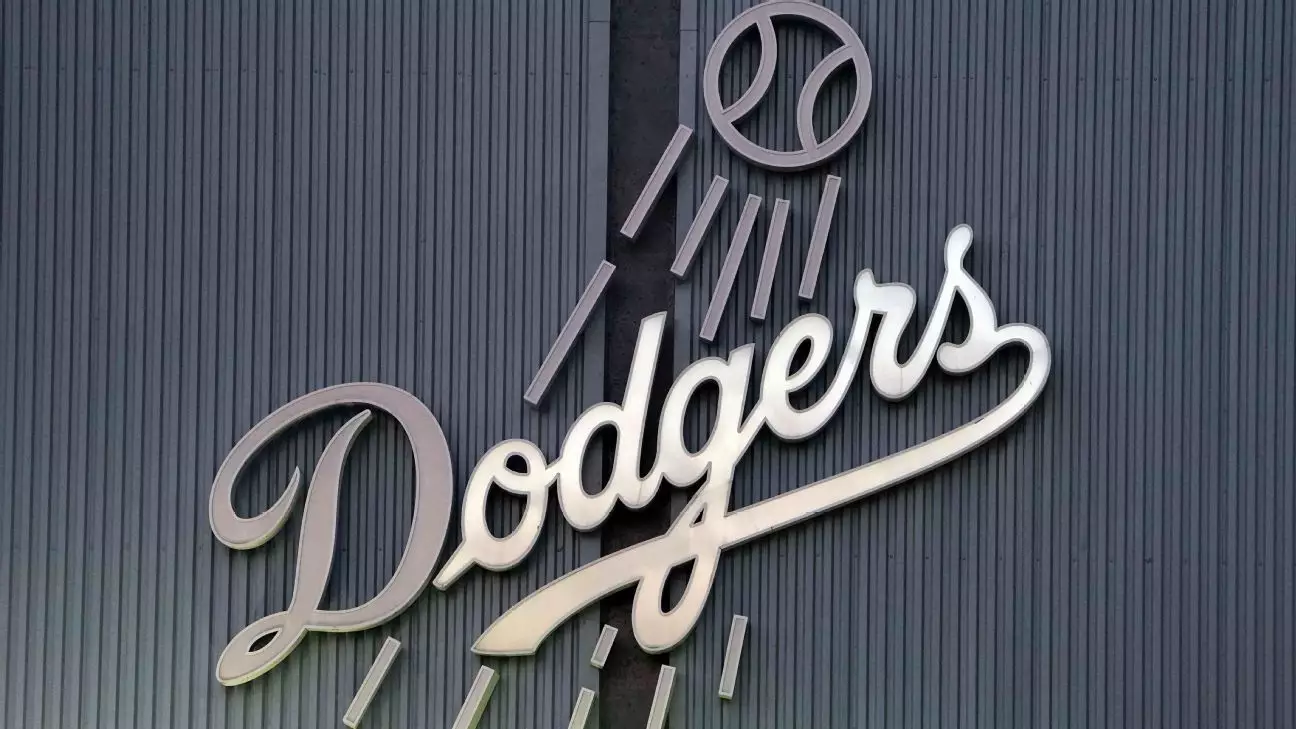The Los Angeles Dodgers have become a focal point in Major League Baseball (MLB) not just for their game performance but also for their financial maneuvers. With an astounding $1.051 billion in deferred payments owed to eight players, including prominent names like Tanner Scott and Teoscar Hernandez, the Dodgers have sparked discussions about team economics and player contracts that reach far into the future. Deferred payments, a method where teams compensate players in future years instead of providing full pay upfront, have recently become a contentious topic, reflecting the team’s strategy to assemble a competitive roster while navigating MLB’s financial ecosystem.
The recent contracts made by the Dodgers mark significant milestones in team history and the future of MLB contracts. Tanner Scott’s lucrative four-year deal worth $72 million and Teoscar Hernandez’s $66 million commitment over three years are indicative of the team’s commitment to securing top talent. Both contracts carry substantial deferred payments; Scott’s includes $21 million while Hernandez’s structure entails deferred sums totaling $32 million, with a notable $23 million signing bonus. Such arrangements allow the club to distribute financial impacts over several years, which can be a double-edged sword.
Dodgers President of Baseball Operations, Andrew Friedman, affirmed this approach, stating that they have the systems in place to handle future cash flow efficiently. They intend to remain proactive about financial commitments, ensuring these deferred obligations do not become liabilities. This strategy can redistribute the financial burden, enhancing the team’s current competitive window while allowing for sustained investment in future talent.
Despite the apparent benefits of deferred salaries for both the team and players, this financial approach does not come without criticisms. Opponents of such practices argue that it exacerbates disparities within the league, creating obstacles for smaller market teams that lack the financial prowess of franchises like the Dodgers. MLB Commissioner Rob Manfred has acknowledged concerns regarding competitive balance, emphasizing that while the Dodgers pursue excellence within the bounds of existing rules, the league must also consider the impact on fans in less affluent markets.
The players’ association’s resistance to proposals aimed at curtailing deferred payment practices further complicates the matter. Maintaining a robust competitive environment in the league hinges on finding a balance between financial flexibility for teams and equitable opportunities for all franchises.
The intricacies of the Dodgers’ deferred commitments reveal a longer-term financial planning strategy. Specific obligations, such as $100.95 million per year in 2038 and 2039, signal that the team is thinking years ahead regarding budgeting and roster construction. This may help manage immediate financial strain but raises questions about sustained effectiveness—will the Dodgers be able to maintain their competitive edge and effectively address these obligations?
The team’s existing financial layout underscores the complexities and the risks of deferred pay. Notable players including Shohei Ohtani, Mookie Betts, and Blake Snell are part of a broader network of contracts that will require the Dodgers to devise robust financial strategies to fulfill their liabilities. The long terms often associated with these contracts mean the team must be continually cognizant of not just the players’ performances but also the evolving landscape of the MLB economics.
As the Dodgers continue to leverage deferred payments as part of their financial strategy, the implications extend beyond their roster choices. The team’s approach reflects a broader trend in professional sports, where teams balance immediate needs with long-term investments. While it creates an opportunity for assembling superstar rosters, it may also lead to future complexities in managing cash flow and maintaining competitive parity. Ultimately, the effectiveness of these strategies will unfold in the coming years, shaping the evolution of team economics in Major League Baseball. With increasing scrutiny from fans, players’ associations, and league officials, the Dodgers’ decisions may well define future contractual agreements and financial practices in the sport.


Leave a Reply